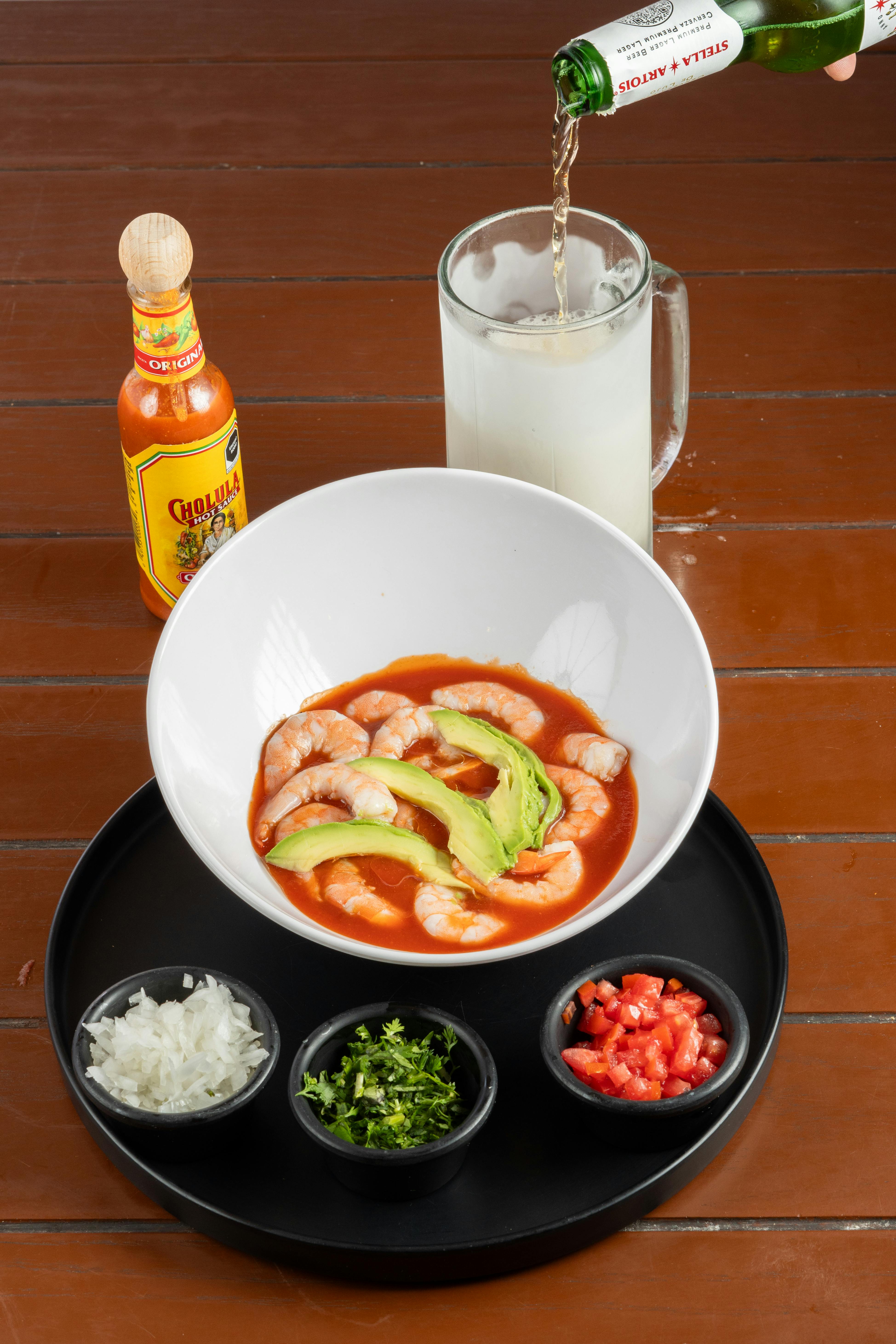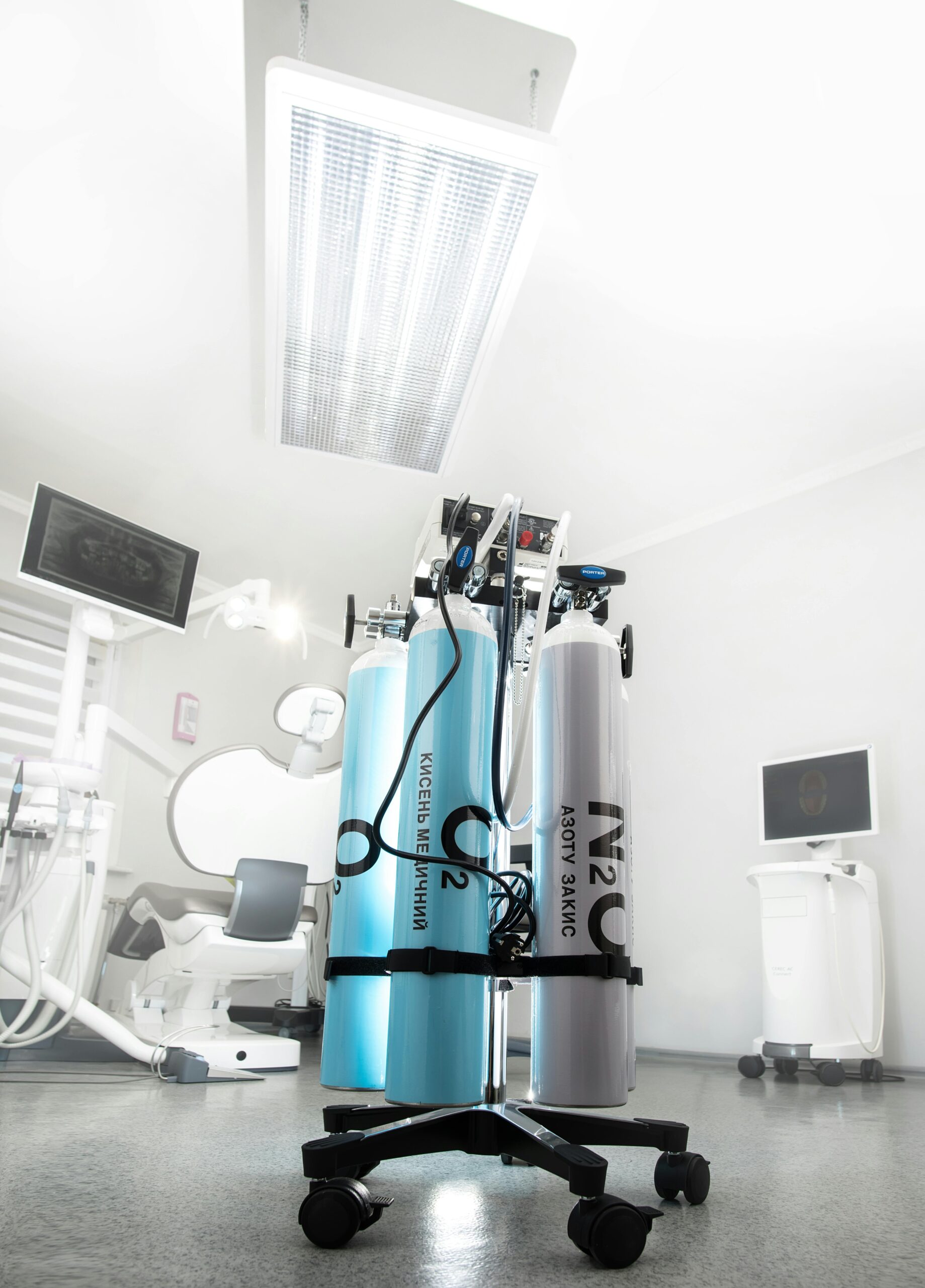How to Properly Set Up a Shrimp Tank for Healthy Aquatic Life in 2025
Setting up a shrimp tank is an exciting venture for any aquarist, especially in 2025 when innovative methods and techniques have been developed to ensure optimal shrimp health. Understanding the essentials of a shrimp tank setup is crucial for providing a serene and thriving aquatic environment. Shrimp are sensitive creatures that require specific water parameters, filtration techniques, and tank mates to flourish. This article serves as a comprehensive guide detailing the necessary steps for a proper shrimp aquarium setup, which includes everything from choosing the right tank size to establishing a maintenance schedule.
As you embark on creating your shrimp tank, you will discover the benefits of selecting the best plants for shrimp habitats, the importance of cycling your tank correctly, and maintaining water quality. Throughout this guide, we will cover essential topics, including shrimp tank decor, filtration systems, and feeding schedules, helping you understand the fundamental components for a sustainable shrimp ecosystem.
By the end of this article, you should have a well-rounded understanding of shrimp tank essentials, enabling you to create an aesthetically pleasing and biologically balanced environment for your shrimp. Let’s jump into the detailed aspects of shrimp tank setup, starting with the fundamentals.
Essential Elements of a Shrimp Tank Setup
Choosing the Right Tank Size
Selecting the appropriate shrimp tank size is critical for creating a healthy living environment. Generally, a minimum of 10 gallons is recommended for a shrimp tank, as larger volumes of water contribute to stability in water parameters. This is especially important for maintaining optimal shrimp health and successful shrimp breeding. A larger tank allows for various shrimp species and compatible tank mates, enhancing biodiversity and ensuring a balanced ecosystem.
Additionally, consider how many shrimp you want to keep. A well-planned stocking ratio, such as 1-2 shrimp per gallon, can help maintain water quality. However, it’s crucial to avoid overstocking as it leads to elevated waste levels and poor water conditions. As you decide on the tank size, keep in mind that larger tanks can reduce stress levels and lead to healthier, more active shrimp.
Essential Shrimp Tank Equipment
To set up a powerfully effective shrimp tank, you’ll need to gather essential equipment. Key items include a filtration system, substrate, heater, and lighting. A reliable filtration system is important to maintain water quality, enabling efficient biofiltration and oxygenation.

The choice of substrate also plays a decisive role in shrimp tank health. Opting for a gravel substrate allows for beneficial bacteria to colonize, contributing to the nitrogen cycle crucial for shrimp growth. Additionally, adding a heater is vital to maintain stable water temperatures of around 72-78°F, allowing for optimal shrimp conditions.
Creating the Perfect Shrimp Tank Layout
When designing your shrimp tank, consider both aesthetics and functionality. A well-planned layout that includes hiding spots, plants, and open swimming spaces promotes a stress-free environment. Use rocks, driftwood, and plants to create various levels and structures within the tank. Varieties of live plants not only enhance the visual appeal, but they also provide essential cover and grazing areas for shrimp.
Best practice is to select shrimp-safe plants like Java moss or Anubias, known for their compatibility with shrimp, promoting natural behaviors like foraging. It’s also essential to use decorations that do not leach harmful chemicals into the water.
Understanding Shrimp Tank Water Parameters
Importance of Water Quality
The foundation of a thriving shrimp tank setup relies heavily on maintaining optimal water quality. Regular testing for parameters such as pH, ammonia, nitrite, and nitrate levels is pivotal in ensuring shrimp health. Target parameters should be a pH of 6.5-7.5, ammonia levels at 0 ppm, nitrite levels at 0 ppm, and nitrate levels under 20 ppm for optimal shrimp growth.
A great way to maintain these parameters is through the nitrogen cycle. Initiating this cycle involves growing beneficial bacteria that convert harmful ammonia and nitrites into nitrates, which are less toxic. This process can take several weeks, so patience and monitoring are vital.
Conducting Regular Maintenance
Establishing a regular maintenance routine is essential for your shrimp tank’s longevity and the health of its inhabitants. Regular water changes — around 10-20% weekly — help replenish essential minerals and remove waste. Make it a habit to test your water parameters before conducting water changes, as this will give insights into the water quality fluctuations.
Additionally, take note of visible algae growth and implement strategies for algae control, such as ensuring adequate shrimp feeding routines and maintaining efficient filtration systems. Having shrimp tank mates known for algae-eating (like certain snails) can also assist in keeping algae levels low.
Optimizing Shrimp Tank Filtration and Lighting
Choosing the Right Filtration System
Selecting the appropriate filtration system is crucial for maintaining optimal shrimp tank conditions. Several options exist, including sponge filters, canister filters, and hang-on-back filters. Sponge filters are highly recommended for shrimp tanks, as they provide gentle filtration and do not create strong currents that could stress shrimp.
Additionally, ensure that the filter provides sufficient biofiltration and helps in maintaining water clarity without disrupting the shrimp ecosystem. When setting up your filter, be mindful to position it in a way that optimizes water circulation without creating harsh environments for shrimp.
Lighting for Your Shrimp Tank
Lighting plays an important role not only in enhancing the tank’s aesthetic but also in supporting plant growth within the shrimp habitat. Appropriate lighting can promote the development of plants that provide shelter and food for shrimp. Opt for a lighting schedule of 8-10 hours daily to prevent excessive algae growth while ensuring plants receive adequate light for photosynthesis.
Consider using LED lights, known for their energy efficiency and low heat emissions, making them suitable for maintaining desired tank temperatures. Monitor how shrimp interact with lighting, as some species tend to thrive better under specific light conditions.
Feeding and Breeding in Your Shrimp Tank
Creating a Suitable Feeding Schedule
The feeding routine you adopt plays a significant role in shrimp development and health. Integrate high-quality shrimp food that offers a balanced diet comprising protein, fiber, and essential nutrients. Feed your shrimp small amounts once or twice daily, ensuring no leftover food is present after a couple of hours to prevent water contamination.
Incorporating a variety of food options like algae wafers, blanched vegetables, and special shrimp pellets can promote healthy growth and enhance their coloration. Regularly monitor shrimp behavior during feeding time to gauge their health and appetite, adapting the feeding schedule accordingly.
Tips for Successful Shrimp Breeding
If you aspire to establish a thriving shrimp breeding tank within your setup, consider specific breeding requirements. Providing dense plant cover and creating a low-stress environment is critical for encouraging breeding activities. Ensure that females are well-fed, as they will require ample nutrition to produce eggs.
Temperature and water quality must also be closely monitored during the breeding process, acknowledging that changes can impact reproductive success. Maintain stable parameters and remove any uneaten food promptly to create a conducive breeding atmosphere.
Final Thoughts on Healthy Shrimp Tank Management
Continuous Monitoring and Adjustments
Maintaining a successful shrimp tank requires ongoing observation and adjustments based on changing conditions. Regularly test your water, monitor shrimp behavior, and assess plant health. Consistency in tank care practices will result in a healthy ecosystem that promotes shrimp growth and happiness.
Utilizing tools like tracking apps can assist in managing your tank effectively, ensuring that water quality and treatment schedules are routinely followed. Take advantage of shrimp care guides from experts to stay updated on best practices and troubleshooting methods to enhance your shrimp tank experience.

Resources for Further Learning
For more in-depth knowledge about shrimp care, visit this care guide and explore tank decorations and setup options at this page for tank designs. These resources will expand your skill set and aid in establishing the best shrimp tank setup in 2025.
